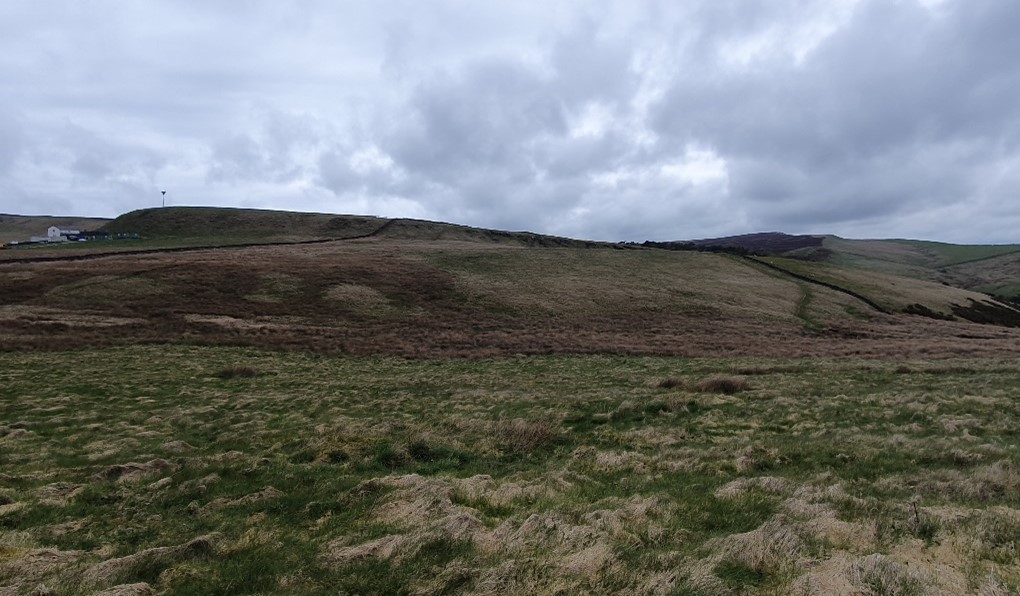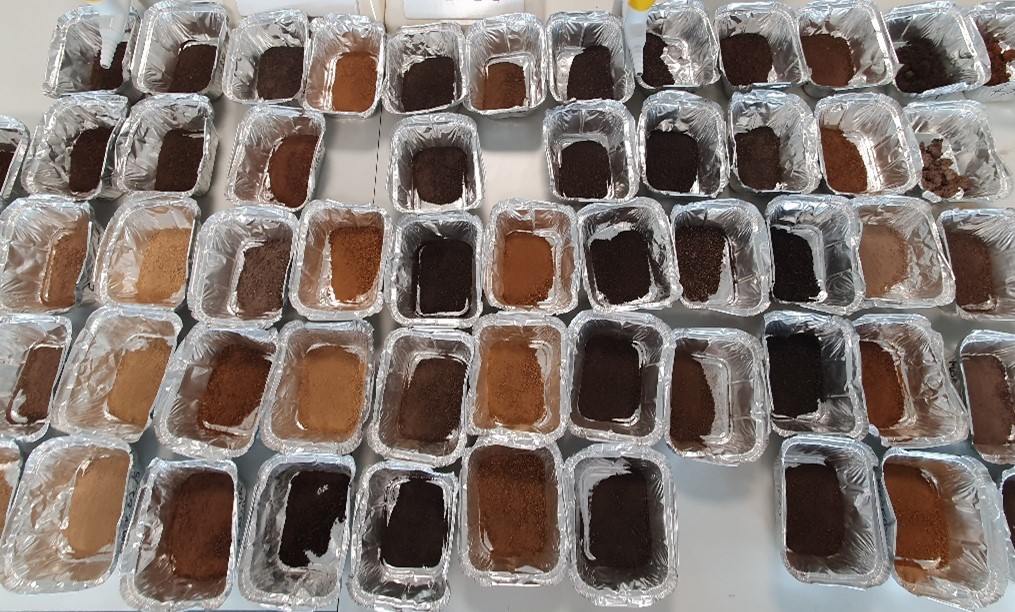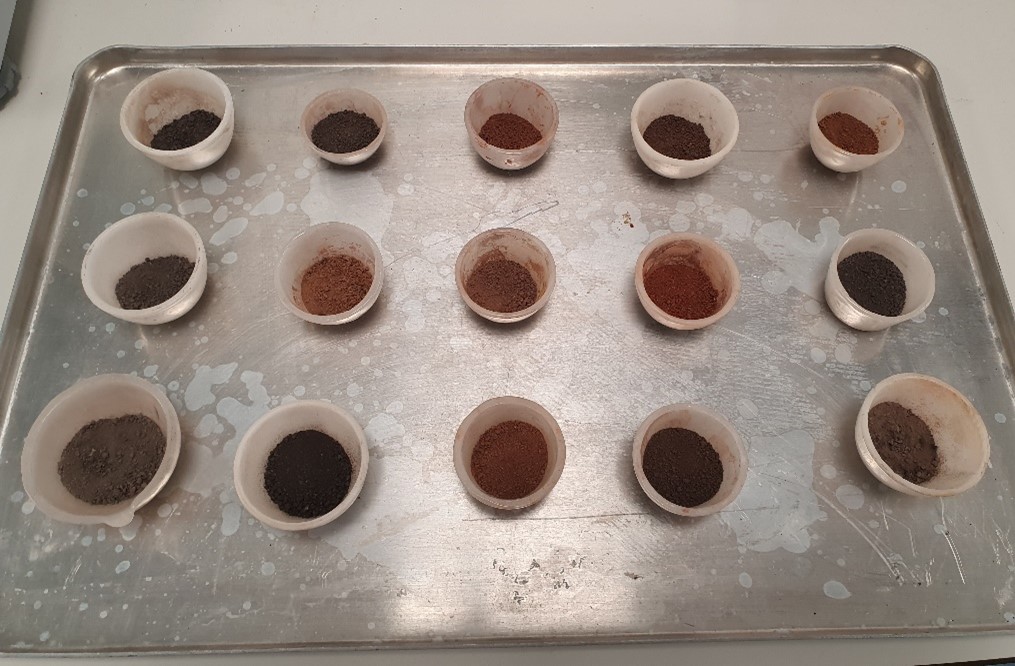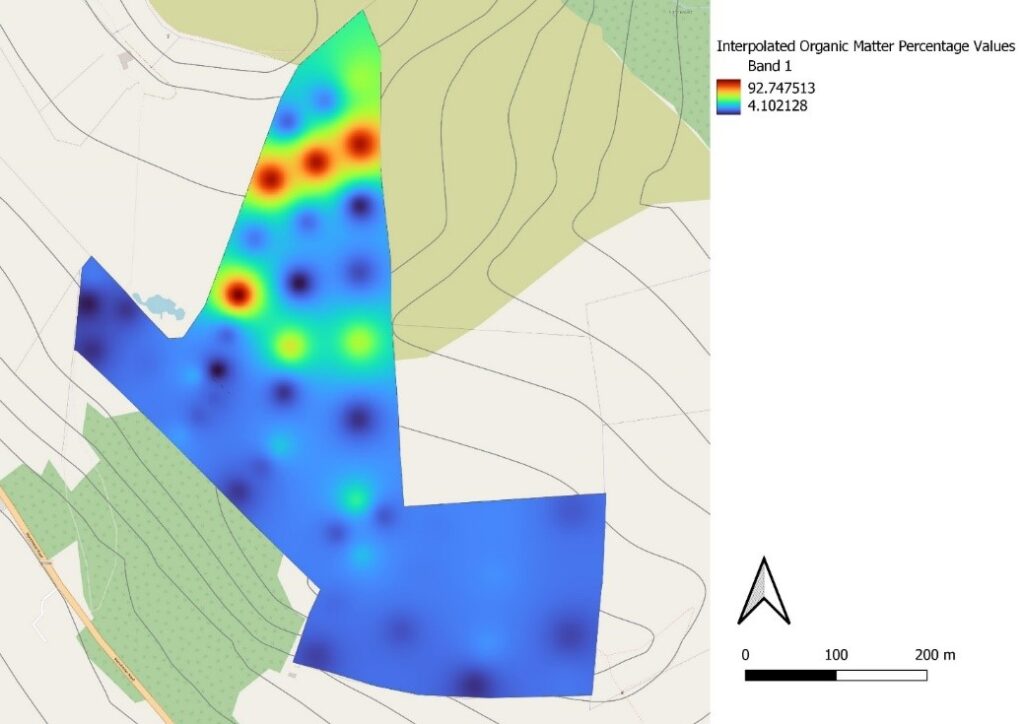By Joshua Phillips
This year, I got the opportunity of working on an OCIS (On Campus Internship Scheme) project through the University. I was tasked with understanding the soil carbon of the Cuckoo Tors site near Buxton. Following a visit to the site, I drafted a plan and organised a sequence of sample locations. Soil samples were then collected at two different depths where possible – in some places, the soil was not deep enough to dig all the way down. These samples were then prepared in the lab by drying, crushing, and sieving. When ready, all were subsequently weighed and placed into the furnace at over 400°C for 2 hours. The principle behind this is to calculate the percentage of weight lost during the burning, and hence calculate the organic carbon stored in different parts of the soil. The results of this project will be useful as a baseline of the site. After several years of rewilding, hopefully improvements to the carbon store can be measured. It is important to see how nature restoration and climate change mitigation can go hand in hand.

Cuckoo Tors site visit

Prepared soil samples

Burnt samples in crucibles

Map of the results